Skeleton Island
It bears a remarkable resemblance to Treasure Island in Robert Louis Stevenson’s novel of the same name. Remotely located in the Atlantic Ocean with strong currents and shorelines of few beaches and treacherous craggy rocks abound. The titles in this series are taken from the map drawn by the Scottish author to accompany the 1883 adventure novel as the islet prepares to bury an unwanted treasure. Today La Graciosa is accessible by boat and part of a UNESCO World Heritage Nature Reserve of islets and marine area. The volcanic landscape is predominately undisturbed by humans with a few unsealed tracks for tourists and caretakers of the reserve.
Without a natural water supply, island life is assisted with desalinated water piped from neighbouring Lanzarote and a frequent ferry service bring tourists and supplies up to 10 times a day. The population is 700. UNESCO says the region is “an authentic outdoor museum”. It is also a focal point for sea plastic to land ashore. Ocean currents carry discarded plastic from Africa and Europe here. Alex Rivera, a biologist with the World Wildlife Fund (WWF) collects 4500 - 6000kgs of large plastics annually - before they break down, become brittle then crumble into the food chain as dangerous micro plastic. This has prompted building a plastic recyling station to cope with the waste.
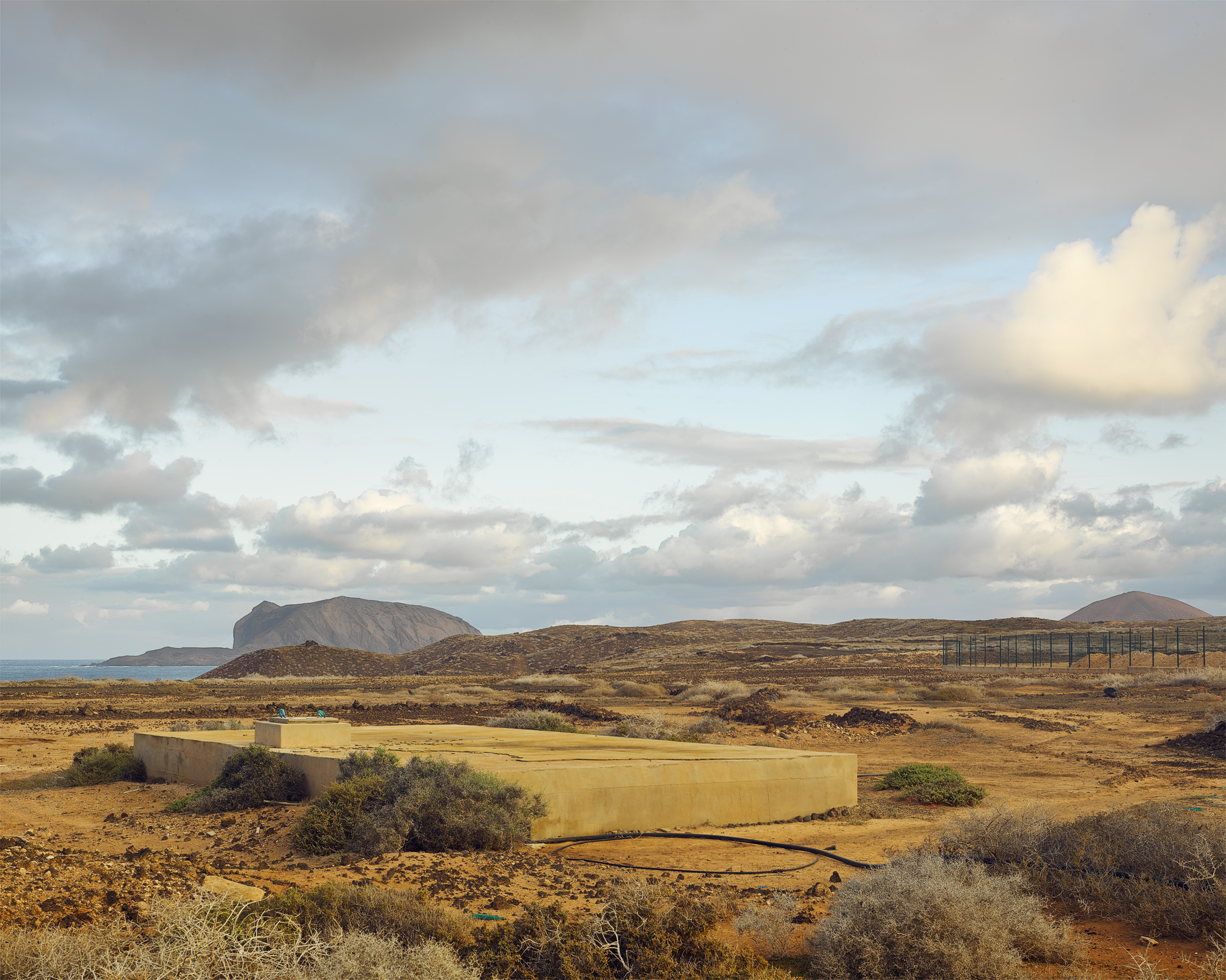
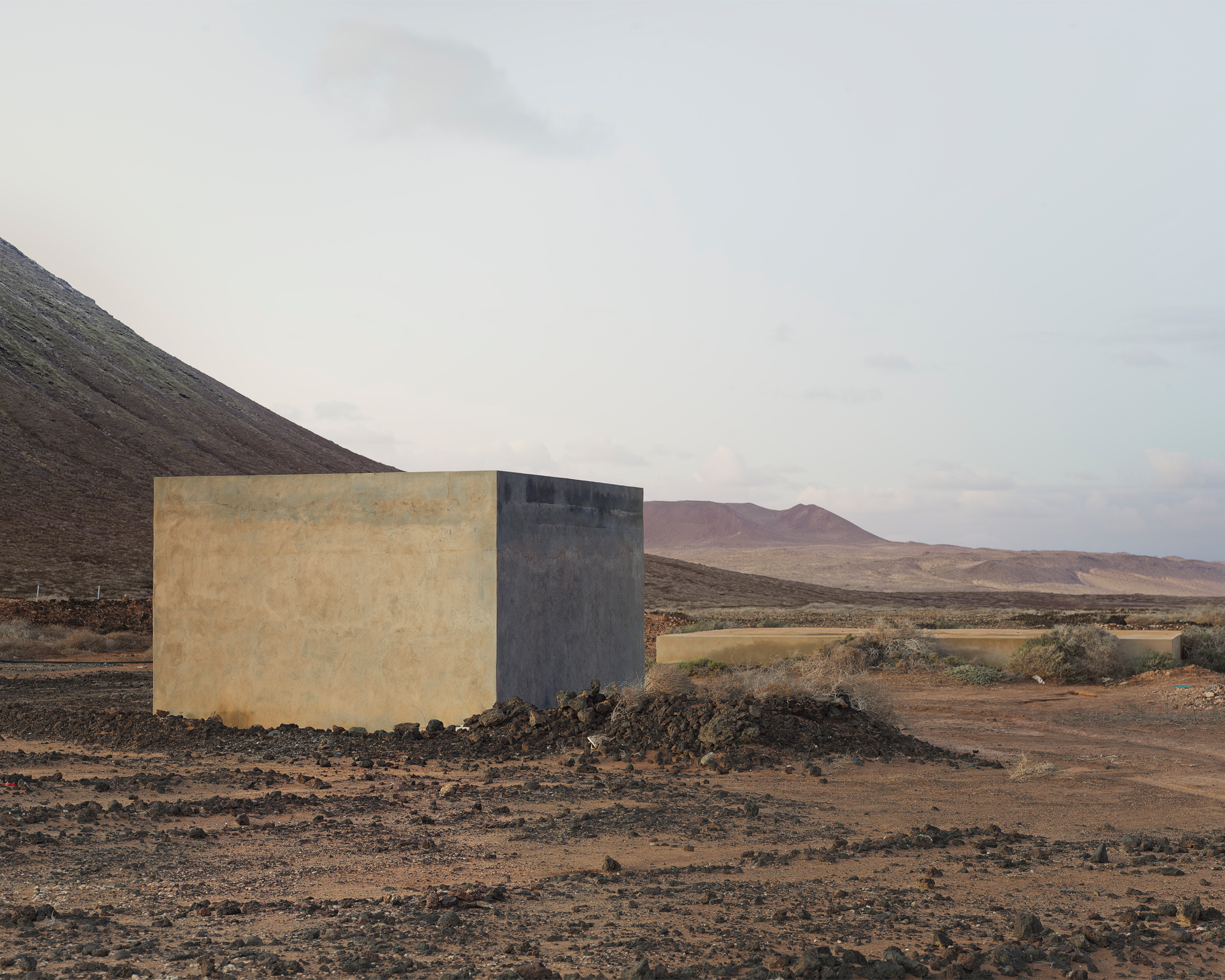
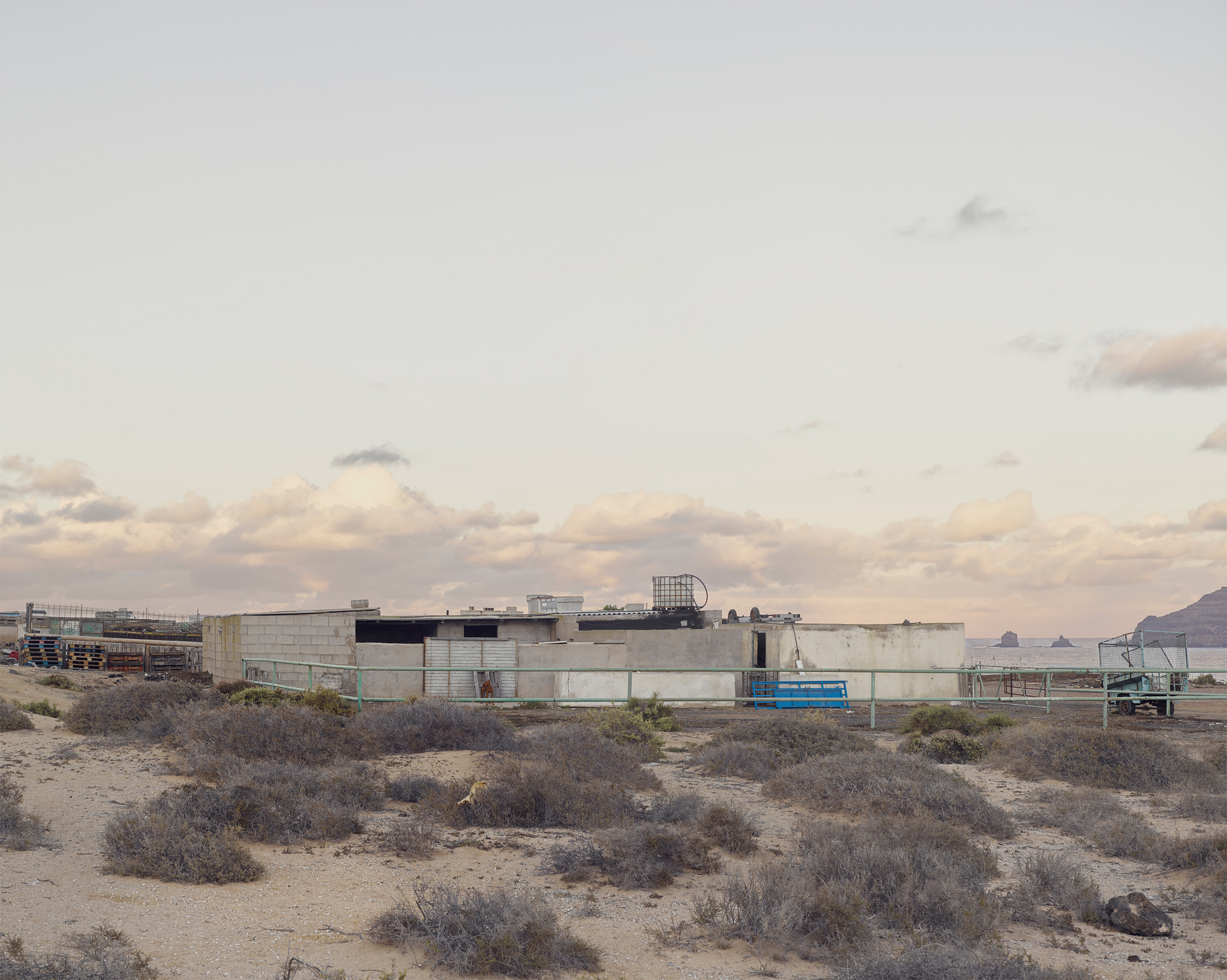
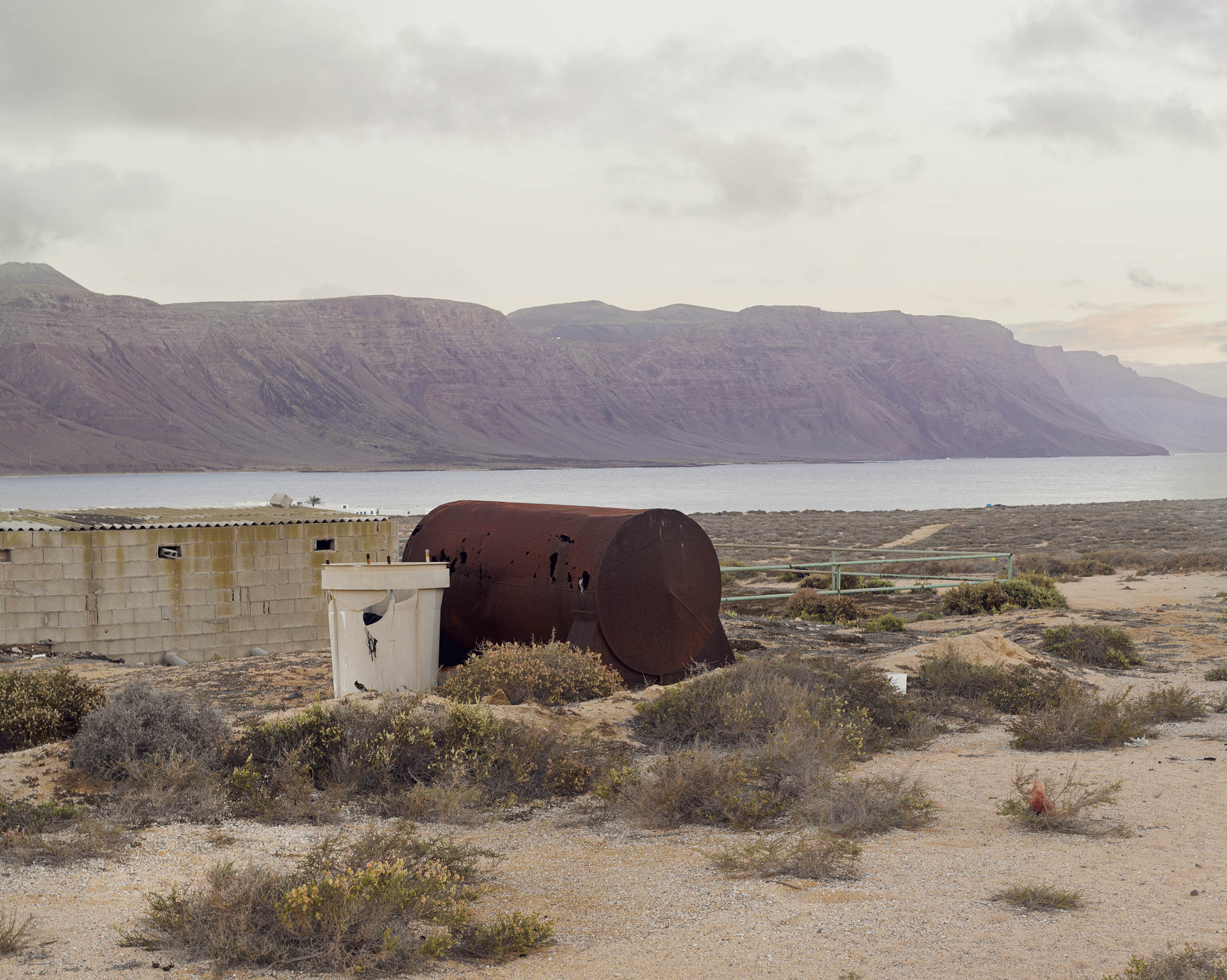
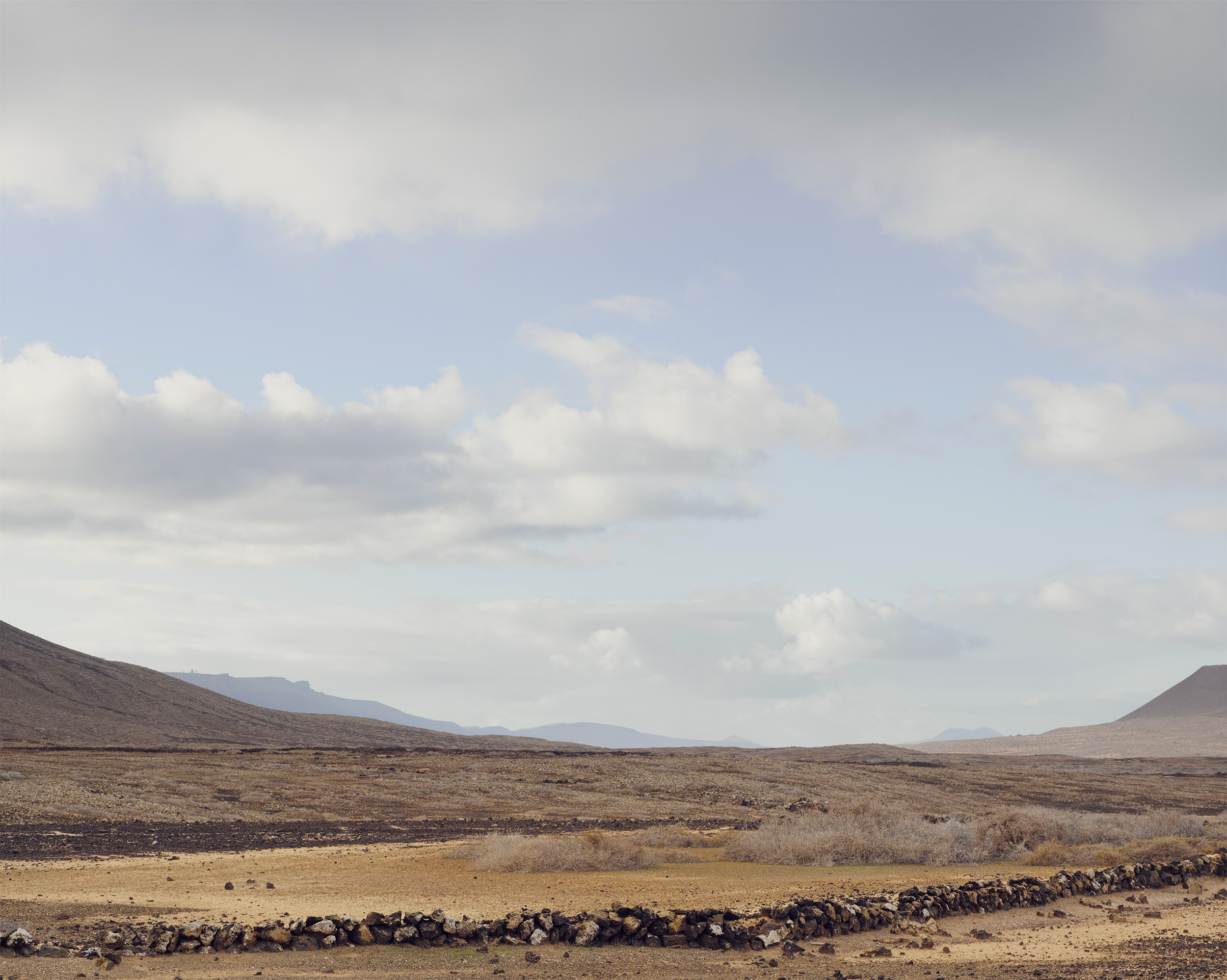
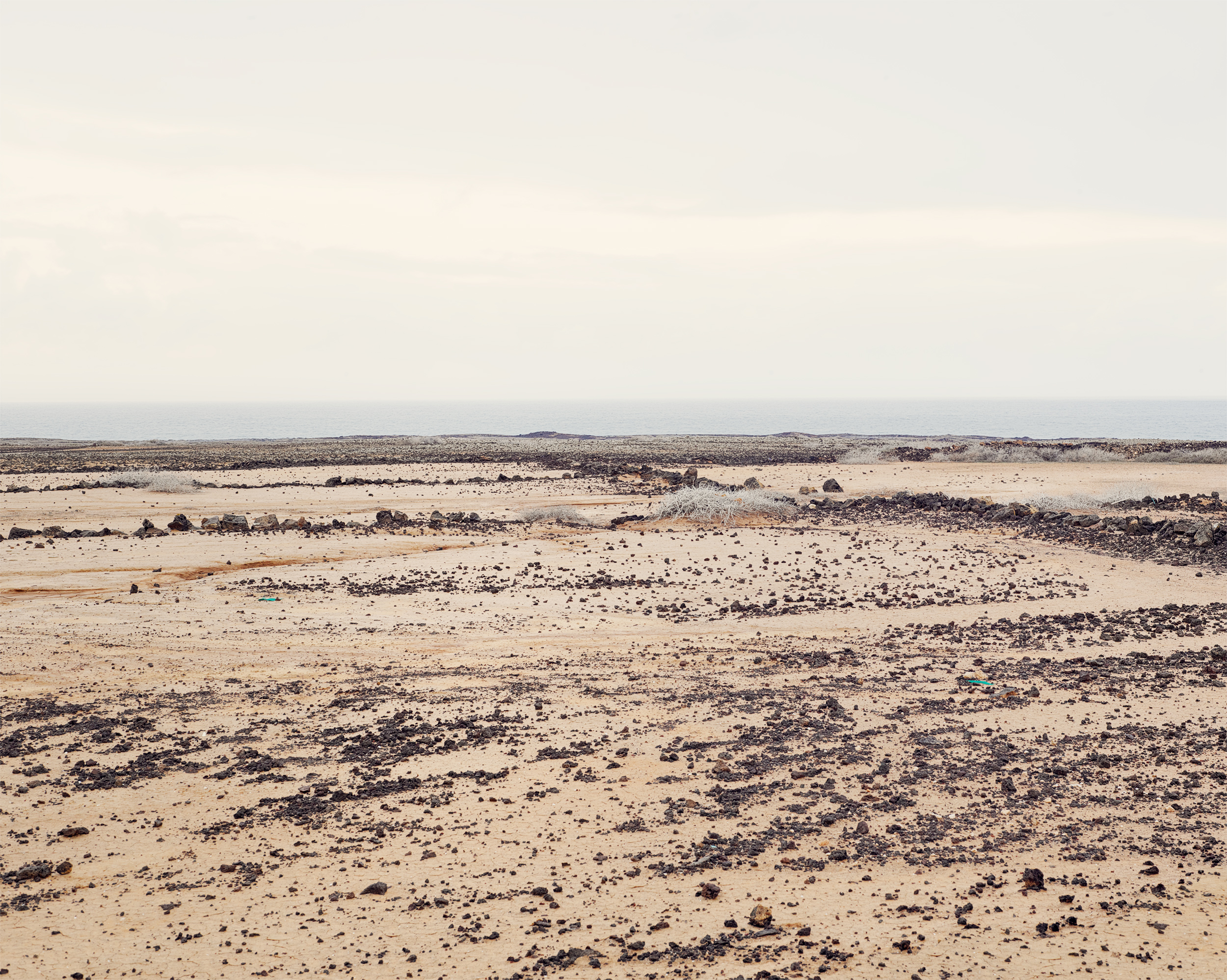

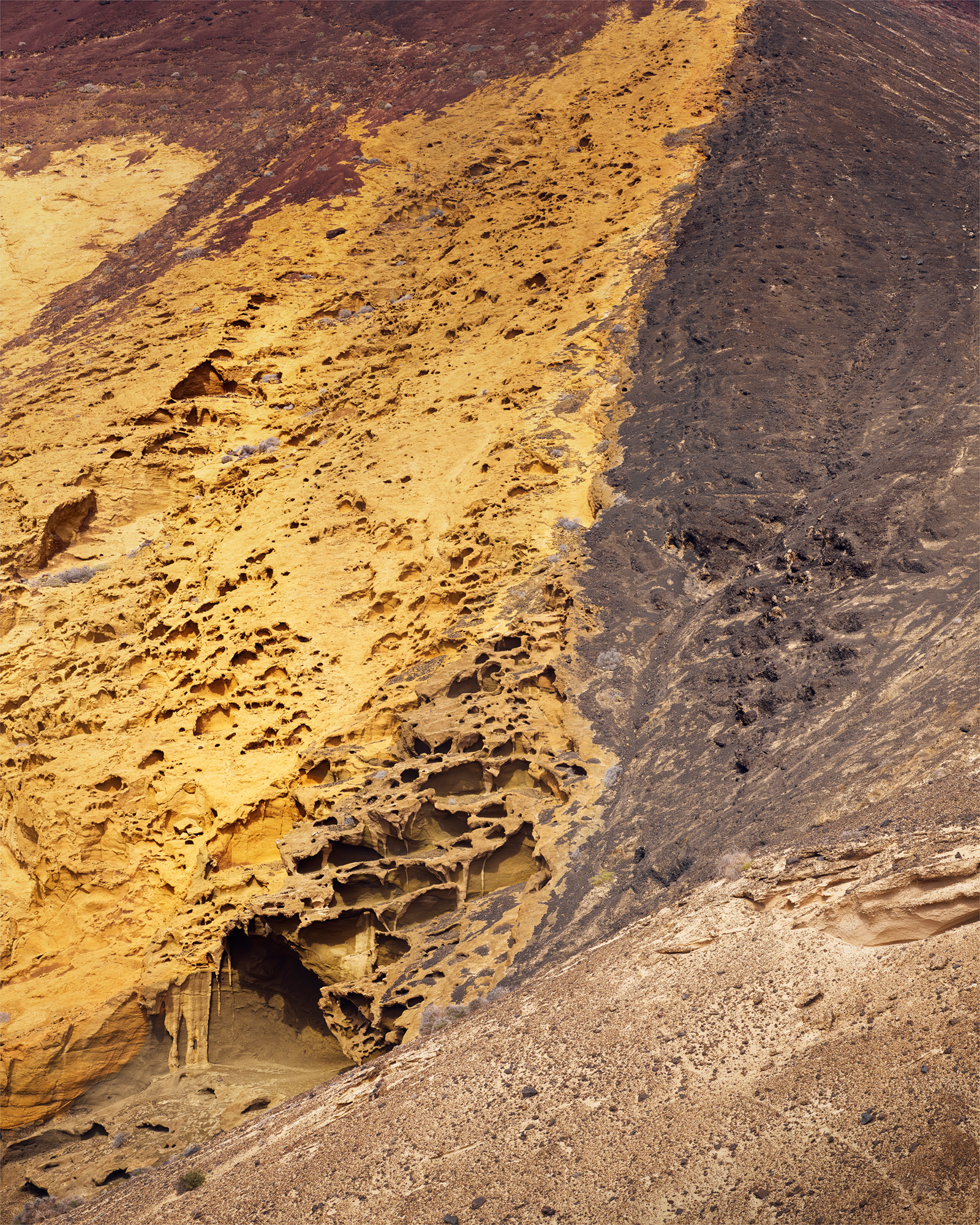
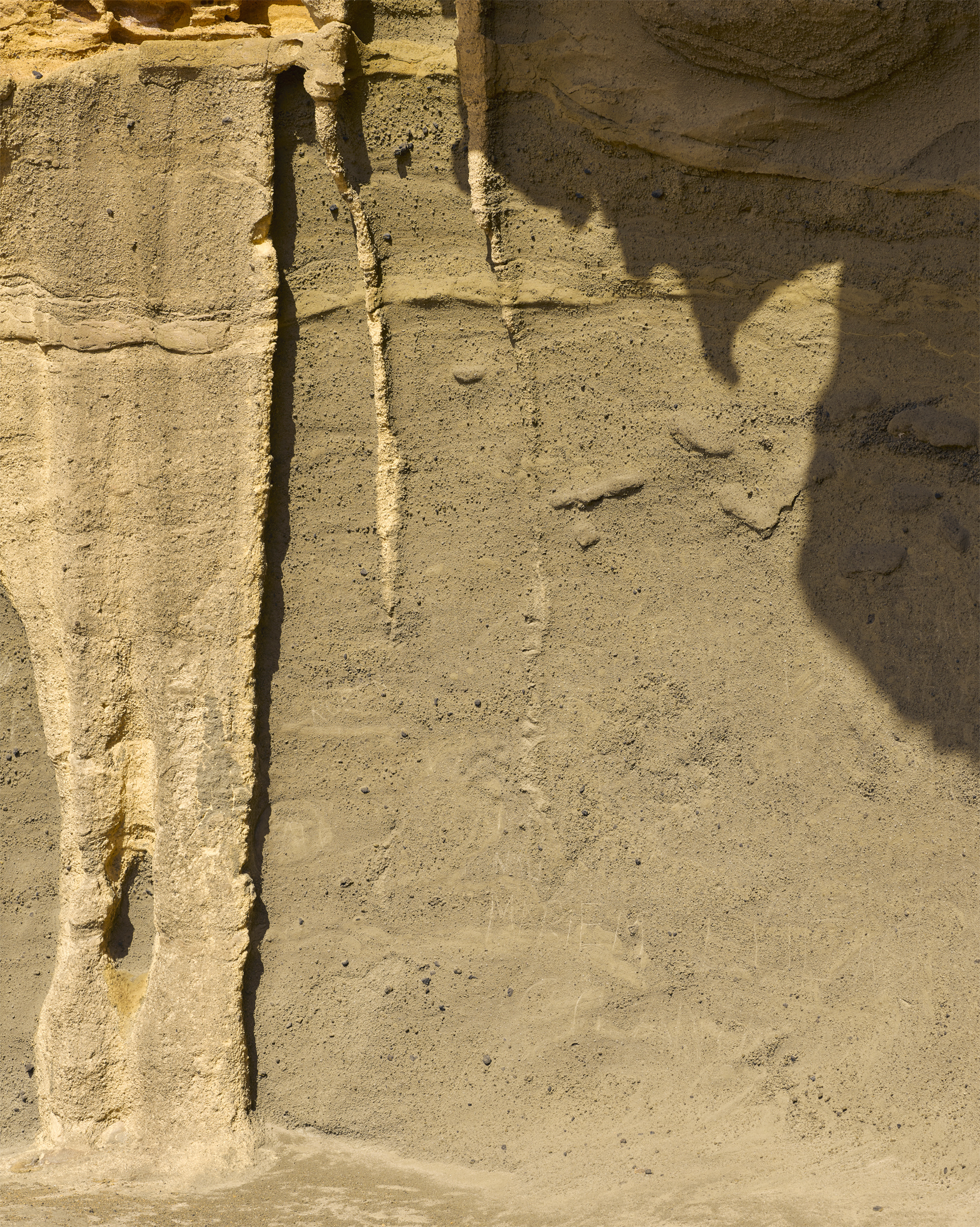
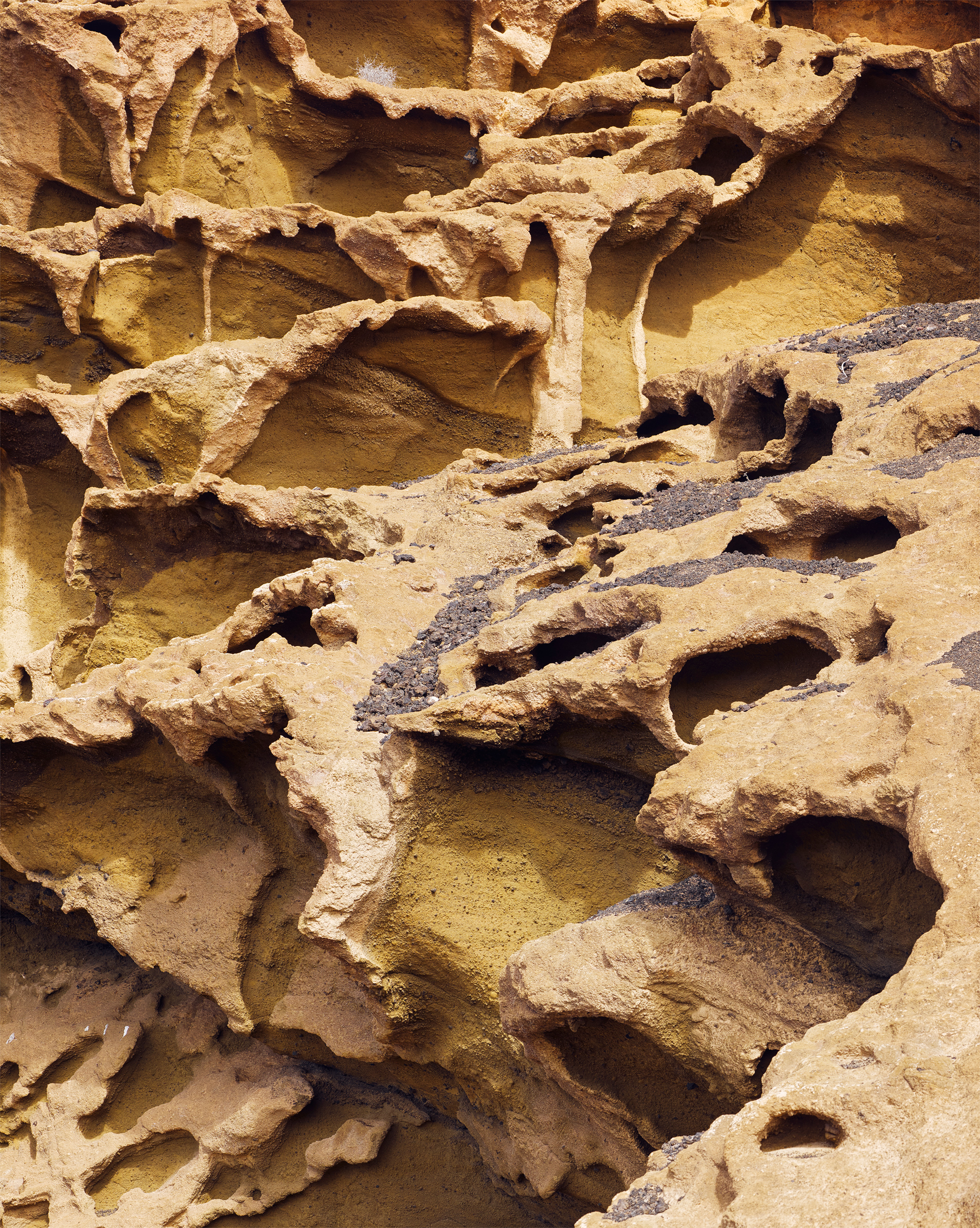
Project Gallery
Canary Islands.
Hereabouts Ben Gunn and J. Hawkins met, 2019. © Alan McFetridge
Rum Cove, 2019. © Alan McFetridge
Spye Glass Hill, 2019. © Alan McFetridge
Further information is available by Email.
All images © Alan McFetridge





